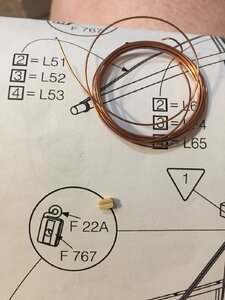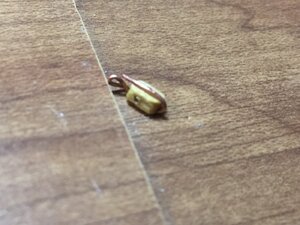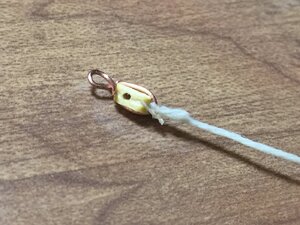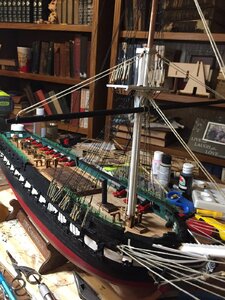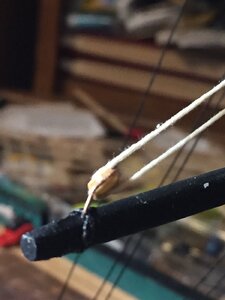we can see, that the result is getting better and better with going upwards.Visions of clove hitches dancing in my head. My first attempt at rat lines. Lanyards aren’t much better. But I’m learning. Maybe by the time I get to the mizzenmast...View attachment 165009
Think about this: When you finished with all the ratlines, maybe you could remove the first four or five and make them once more ....
and try to install the lanyards with slightly more tension - this will help to keep them straight during the ratline installation





